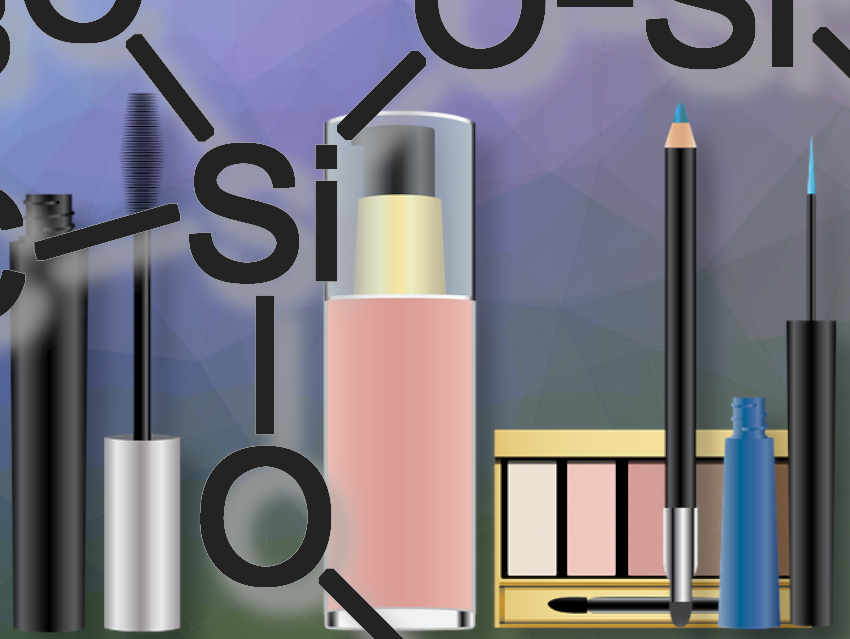A pilot enforcement study led by the European Chemicals Agency (ECHA) found that 6% of nearly 4,500 cosmetic products inspected in 13 European Economic Area (EEA) countries contained hazardous chemicals banned under the Persistent Organic Pollutants (POPs) and REACH regulations. The study primarily focused on ingredient lists, checking for the presence of perfluorooctanoic acid (PFOA), long-chain perfluorocarboxylic acids (PFCAs) and related substances, as well as cyclic siloxanes D4 and D5.
Inspections identified substances such as perfluorononyl dimethicone, perfluorooctylethyl triethoxysilane, perfluorononylethyl carboxydecyl PEG (Polyethylenglykol)-10 dimethicone, cyclopentasiloxane (D5), cyclomethicone (a blend of D4, D5, and D6), and cyclotetrasiloxane (D4) in products like eyeliners, lipliners, hair conditioners, and hair masks. These chemicals are linked to environmental persistence and pose human health risks.
For example, perfluorononyl dimethicone degrades into PFOA and long-chain perfluorocarboxylic acids. PFOA and siloxanes, D4 and D5, break down slowly in the environment and accumulate in humans and other species. PFOA is both environmentally persistent and toxic to reproduction, and is also suspected of being carcinogenic. D4 is also suspected of impacting fertility.
The inspections were primarily conducted by checking ingredient lists—an approach that consumers can also use. Consumers should be aware that restricted substances were found across different types of cosmetic products from various sellers and at all price ranges.
Authorities have begun removing non-compliant products from the market. The study was conducted from November 2023 to April 2024.
- European Chemicals Agency (ECHA), Helsinki, Finland
Also of Interest
 Focus: Death in a Pot: From England’s Famous Chemist to Exiled and Forgotten
Focus: Death in a Pot: From England’s Famous Chemist to Exiled and Forgotten
Why did Fredrick Accum’s 1820 book about simple methods for detecting the adulteration of foods not make him a pioneer of consumer protection?





